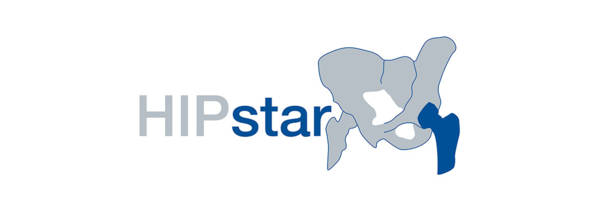Evaluation of the accuracy of non-invasive hip joint centre estimation methods for clinical gait analysis in children and adolescents

3D gait analysis
The aim of clinical gait analysis is to gather quantitative information about the mechanics of the musculo-skeletal system during locomotion. Variables such as kinematics, joint moments, and powers are determined, and this information is then used to evaluate pathological gait patterns. Errors in locating the three-dimensional (3D) position of the hip joint centre can strongly affect the calculation of 3D gait analysis variables.
Locating the hip joint centre
The hip joint centre lies beneath several layers of muscle and soft tissue and is therefore difficult to locate. Inaccuracies in locating it can lead to imprecise or wrong interpretations in clinical gait analysis. The problem is exacerbated for patients who have a high amount of subcutaneous fat, where it is challenging to identify bony landmarks and place the markers accurately on the skin. Imaging-based methods are a possibility to precisely locate joint centres but suffer from the drawback that most of them expose patients to radiation, are expensive and time-consuming. Therefore, several non-invasive methods based on experimental data, or functional methods were introduced in recent years.
Evaluating different methods
Up to date several studies have evaluated the accuracy of the most popular non-invasive hip joint centre estimation techniques for different patient groups, but most of these studies were conducted with healthy, adult participants. Of the few studies that included children, none targeted overweight or obese children and adolescents specifically. The primary aim of this study is to close this gap by evaluating and comparing current non-invasive hip joint centre estimation methods for clinical 3D gait analysis in a population of overweight children and adolescents. Based on the results obtained recommendations, for which methods serve best to estimate the position of the hip joint centre, will be provided. In addition, new joint centre estimation strategies and technologies, such as 3D ultra sound techniques, will be evaluated, rigorously tested, and utilized for clinical practice. All of these tasks will support more accurate estimation methods for the hip joint centre position during clinical gait analysis in future.
- Orthopaedic Hospital Vienna-Speising
- Medical University of Vienna
- Karl Landsteiner Privatuniversität für Gesundheitswissenschaften




